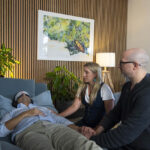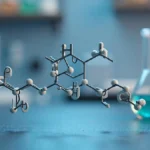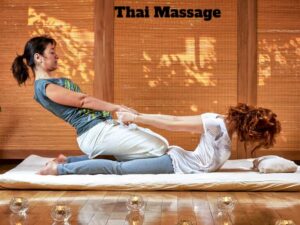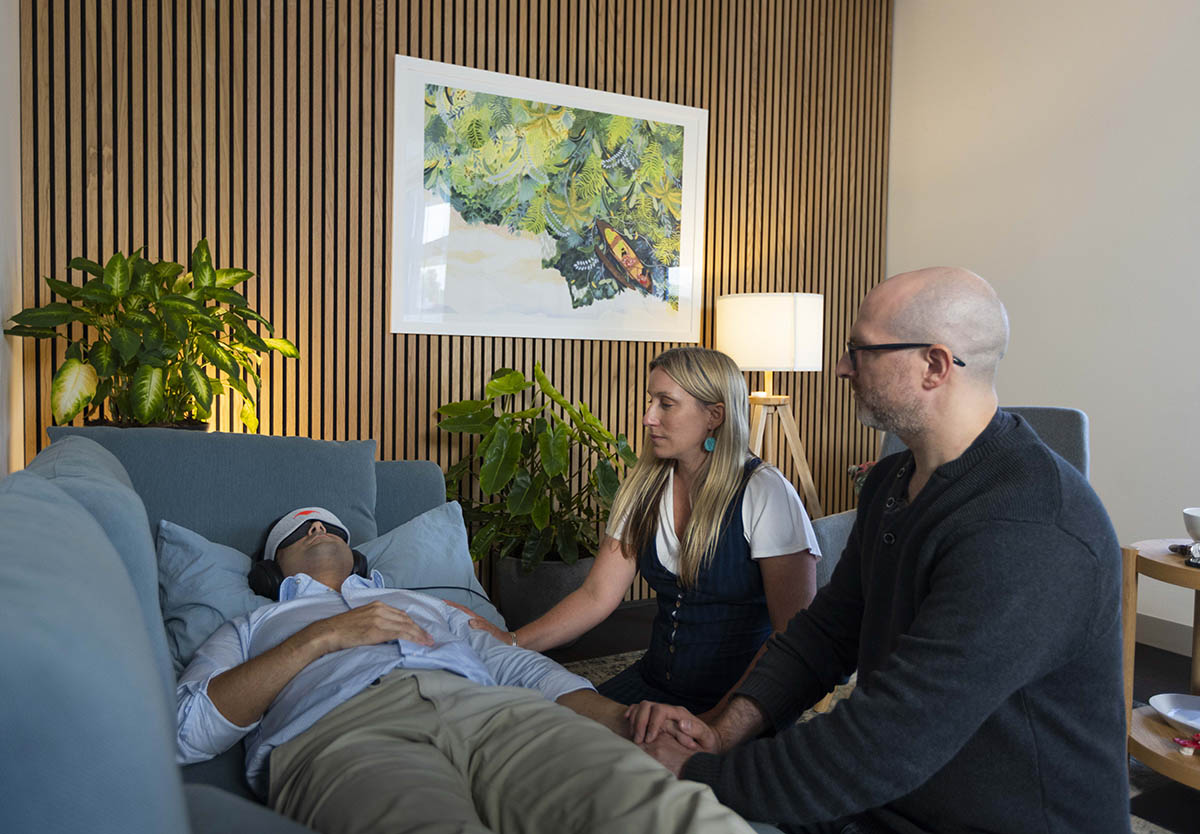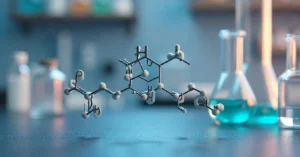Thai massage, often called “Nuad Boran” or “Thai Yoga Massage,” is a centuries-old healing practice combining acupressure, yoga, and traditional massage techniques. This ancient art form has gained global popularity for its unique approach to promoting physical and mental well-being. In this article, we will delve into the world of Thai massage, exploring its history, techniques, and the numerous benefits it offers.
The History of Thai Massage
Thai massage has a rich history dating back over 2,500 years to ancient India, where Ayurvedic and traditional Chinese medicine influenced it. It was brought to Thailand by Indian monks and adapted to fit into the Thai culture and beliefs. This blend of influences gave rise to the unique practice we know today as Thai massage.
The Techniques of Thai Massage
Thai massage is often performed on a mat on the floor, and the recipient remains fully clothed throughout the session. The practitioner uses their hands, thumbs, elbows, knees, and feet to pressure the recipient’s body. The massage is characterized by rhythmic, flowing movements that resemble a dance between the practitioner and the recipient.
Fundamental techniques involved in Thai massage include
Acupressure: Pressure is applied to specific points along the body’s energy or “sen” lines. This helps release blocked energy and promote healing.
Stretching: Thai massage incorporates a variety of techniques that are similar to yoga poses. These stretches improve flexibility, mobility, and overall body alignment.
Joint Mobilization: Gentle movements release communal tension, promoting a better range of motion.
Compression: Steady pressure is applied along muscles and energy lines to reduce muscle tension and stimulate blood flow.
Sen Energy Line Work: Practitioners focus on the body’s energy lines, similar to the concept of meridians in traditional Chinese medicine, to restore balance and vitality.
Benefits of Thai Massage
Stress Reduction: Thai massage is an excellent stress reliever. Combining rhythmic movements, acupressure, and deep stretching helps relax the body and mind, reducing stress and anxiety.
Improved Flexibility: The Thai massage’s stretching and joint mobilization techniques enhance flexibility and range of motion. This is particularly beneficial for athletes and individuals with stiff muscles and joints.
Pain Relief: Thai massage can alleviate chronic conditions such as back pain, arthritis, and migraines. The acupressure and compression techniques target specific pain points and promote natural relief.
Enhanced Circulation: The massage techniques used in Thai massage stimulate blood flow and lymphatic drainage, promoting better circulation and detoxification of the body.
Better Posture: Regular Thai massage sessions can help correct postural imbalances by relaxing and lengthening tight muscles, improving body alignment.
Mental Clarity: Many recipients report improved mental clarity and concentration after a Thai massage. The relaxation and energy-balancing effects can help clear the mind.
Boosted Immunity: Thai massage can strengthen the immune system by promoting better circulation and reducing stress, making the body more resilient to illness.
Emotional Balance: Thai massage can have a profound impact on emotional well-being. It often leaves recipients feeling emotionally balanced and centred.
Conclusion
Thai massage is not merely a physical therapy; it is a holistic approach to well-being that addresses both the body and the mind. With its roots deeply embedded in ancient traditions, this practice continues to thrive in the modern world, offering a wealth of physical and mental health benefits to those who experience it.
Whether you seek relief from physical ailments, a way to reduce stress, or simply a means to enhance your overall quality of life, Thai massage provides a unique and effective solution. Its combination of ancient wisdom and modern understanding of the body makes it a valuable tool in pursuing health and wellness. So, consider giving Thai massage a try and discover the transformative power of this ancient art form.
